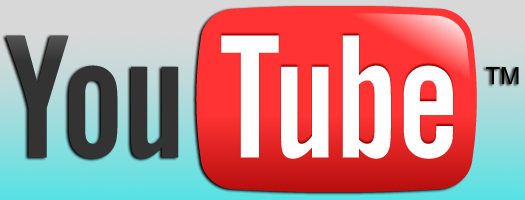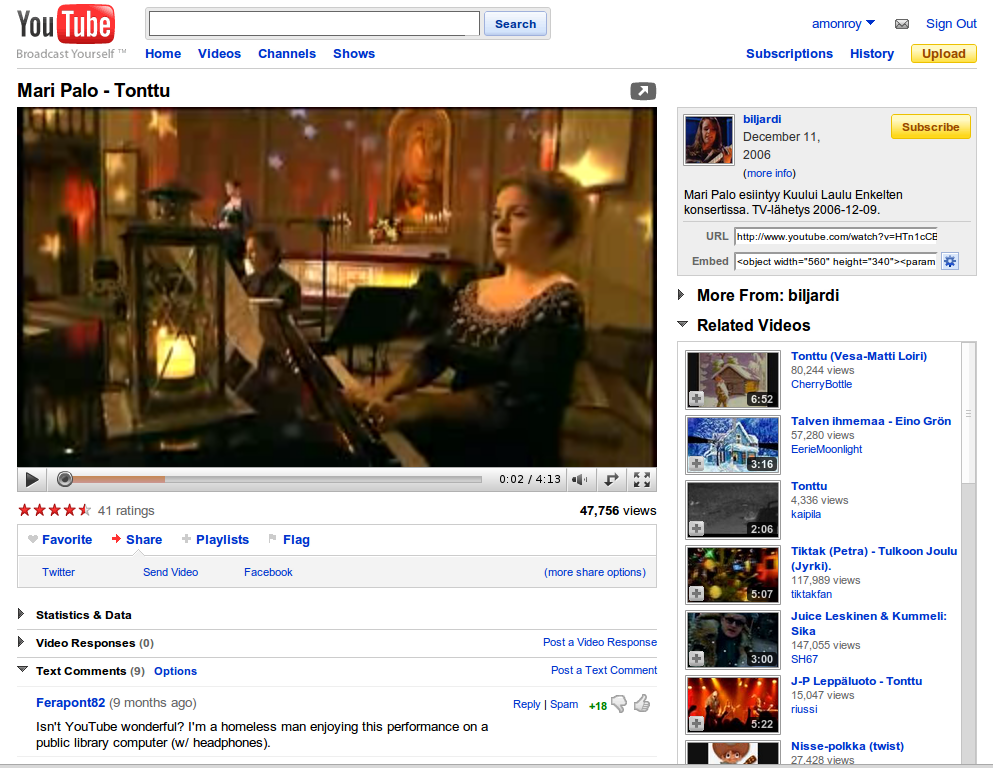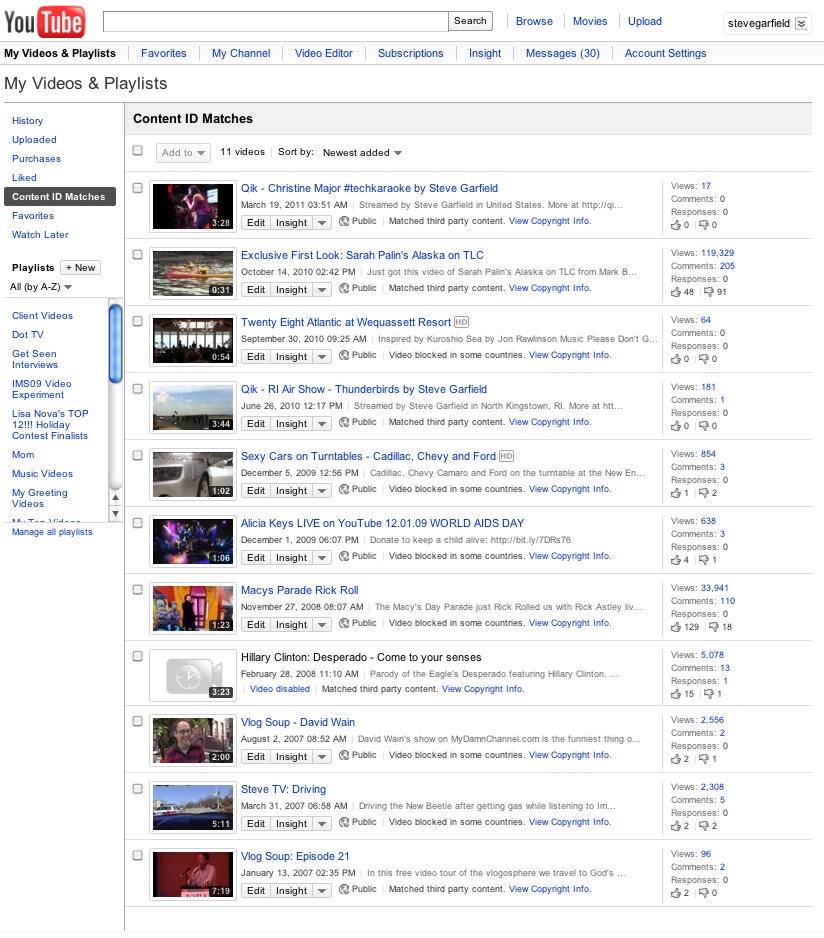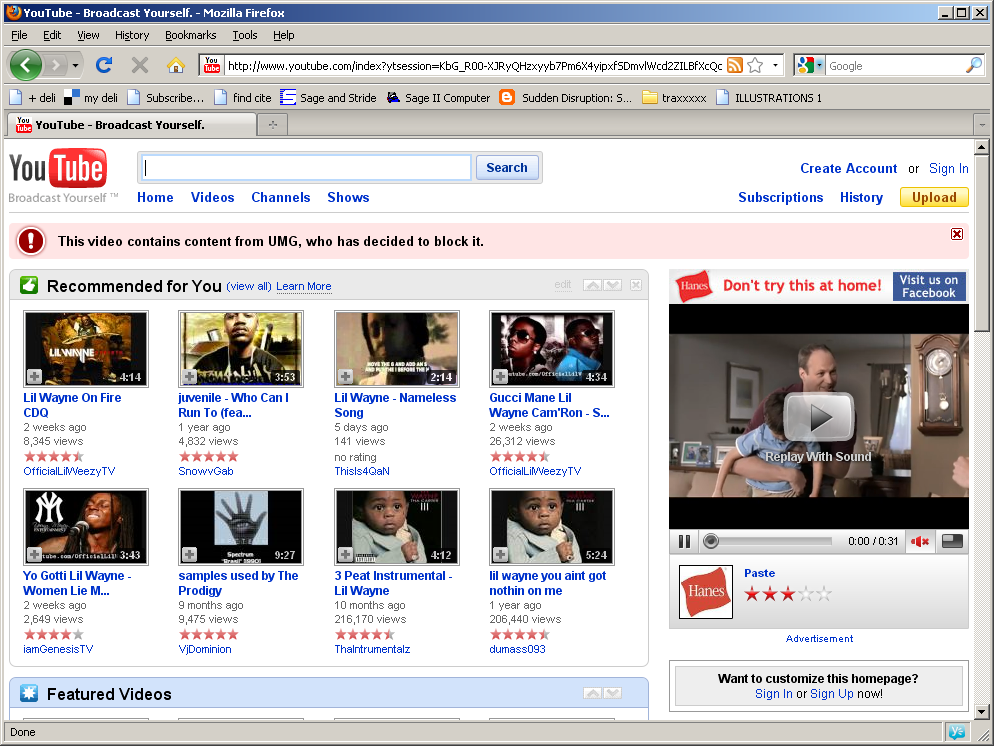Topics: #Sharing Ecomics #Sharing Economics Model #YouTube #YouTube Copyright Policy

“youtube” by FindYourSearch is licensed under CC BY-SA 2.0.
Introduction
We live in a digital era of media environment, the emergence of digital platforms has changed the way people access resources and information, which has resulted in a unique sharing economy model in the digital era (John, 2013). And one of the famous digital platforms that can recognize this phenomenon is YouTube. As a global content-sharing platform, YouTube allows creators to profit by sharing their skills, knowledge, and creativity with the public (Benkler, 2006). For YouTube, the feature of its operation is to incorporate copyright policy into the sharing economy model to make profits for creators (Mansell & Steinmueller, 2020) to encourage more wonderful video content and attract more users. Under the operation of this sharing economy model, YouTube has become one of the largest video-sharing websites and streaming video platforms (Paliwala, 2019).

“Homeless on YouTube” by andresmh is licensed under CC BY-SA 2.0.
According to the latest data, it has established 113.9 million channels (Queen, 2023) and 200 million monthly active users (Hosch, 2023), which shows that for many creators, YouTube has become a career platform for their profit. However, it’s unexpected that the development of this mode of operation has made many creators subject to it, which made YouTube’s copyright policy controversial existence.
In response to these views, I will examine YouTube’s copyright policy, combining multiple sources and some real-world cases to explore whether it can empower creators to navigate it and profit within the sharing economy model.
What Is YouTube’s Copyright Policy, and How Does It Work?
YouTube’s copyright policy is designed to protect creators’ intellectual property and ensure that they can profit from their development in the sharing economy (John, 2016), and its core is the Content ID system, which is an automatic scanning mechanism (Woodckok, 2022). Paliwala (2019) mentioned that the system will automatically scan the video content uploaded by the creator in all directions, all the elements contained in the video are compared in detail with the data provided by the copyright owner to YouTube for copyrighted material (Woodckok, 2022), and when the department detects any matching details, it generates some instruction to track down the creators of the video content and warn them (Kaye & Gray, 2021).
Secondly, according to the description on YouTube’s homepage on how they operate using the sharing economy model (YouTube, 2023), YouTube’s platform as an intermediary provides a monetization option for both rights holders and content creators. Copyright holders have the right to decide (Paliwala, 2019) on monetization of videos containing their intellectual property and the ability to warn video creators. And for video content creators, they can protect their intellectual property rights (Paliwala, 2019), modify their videos autonomously, and earn advertising revenue from their videos.
Copyright claim: Copyright Owner’s Choice & Creator’s Choice
Firstly, YouTube’s copyright policy is effective for many well-known musicians or large media companies (Kaye & Gray, 2021), which can help them detect and remove clearly infringed content, such as secondary broadcast TV channels or pay-per-use music. However, Woodcock (2022) found that these rules don’t mean that the creators of video content and the copyright holder share the advertising revenue of the video or that these creators pay copyright fees to the copyright holder, it’s means that copyright holders can capture any advertising revenue of the video. Furthermore, as YouTube (2023) describes their copyright policy on their home page, copyright holders can restrict where a creator’s videos appear. This is for the more aggressive copyright holders who have the right to decide that the video is blocked or removed by YouTube (Kaye & Gray, 2021), which is well within the reasonable scope of YouTube’s copyright policy (YouTube, 2023). This suggests that copyright holders have more power to decide whether a video creator gets paid or not, so it will cause the weaponise of the policy.

“YouTube Content ID Matches” by stevegarfield is licensed under CC BY-NC-SA 2.0.
In 2017, independent video game music composer Alex Mauer launched a “DMCA” campaign against several small YouTube channels of unknown game review creators, which resulted in the removal of many videos in support of data monetization for creators. Moreover, Alex repeatedly warned about these game review videos in the event, leading to a strike of many creators’ channels (SirTapTap, 2017), which will lead to the temporary or even permanent closure of these channels based on the copyright law of YouTube (2023). Although this activity was finally determined as Alex’s abuse of YouTube’s copyright system in a legal lawsuit and Alex’s multiple charges were dropped, she still had an impact on many YouTube videos and channels, reducing their revenue “These copyright strikes are serious business on those video networks, where just one or two takedowns can make life hell for anyone who tries to make money by streaming and playing games “(Jackson, 2017). Based on the case, it revealed that YouTube’s copyright policy has the potential for people to use it to harm the income of other talented or aspiring creators (Woodcuck, 2022).
Secondly, YouTube’s copyright policy is useful to some extent for many creators (Kaye & Gray, 2021), which can help creators safeguard their intellectual property rights, such as preventing others from stealing videos or malicious reuploading. However, Jackson (2017) points out that the policy does not protect creators when they face charges of copyright claims. As mentioned by Kaye and Gray (2021), once a copyright warning is issued, creators cannot appeal on fair use as most video content creators pay all advertising revenue to the same copyright holder to avoid having their video tagged with a copyright warning. Generally, most of them choose to upload evidence to YouTube and copyright holders to protect their intellectual property, but according to YouTube’s policy, they don’t participate in censorship disputes (Ceccarelli et al., 2021). So as Alex’s case shows, creators need to find other ways to resolve legal litigation, at the same time, due to YouTube’s copyright policy, the video will be unavailable indefinitely, and creators will not be able to create new paid channels. Therefore, from the impact of the Alex case, it can be concluded that YouTube’s copyright policy doesn’t protect the rights and interests of content creators by considering all possibilities.

“new content ID takedown notice” by believekevin is licensed under CC BY 2.0.
Combined with these two points, this shows that YouTube’s copyright policy in the sharing economy model has defects. The Content ID system is unable to distinguish between legitimate use and unauthorized use of copyright, and there is also an automatic stop to the source of income for creators without sufficient safeguards to prevent its abuse.
YouTube’s Absence: Review Of Copyright Applications
In 2021, a musician named Jose and his partner Webster were accused of fraudulently claiming intellectual property rights to thousands of songs between 2017 and 2022 and obtaining $20,776,517 from YouTube content creators using those songs by applying for false copyright claims (Alpert, 2021). As their plea deal, “I began searching for these songs and uploading them to YouTube as mp3 files, I falsely claimed legal ownership over them and began receiving royalty payments…” (Ceballos, 2022). The case stems from YouTube’s careless review of copyright applications. Secondly, in 2023, a YouTuber received a copyright warning from YouTube, which gave him 7 days to delete his video or suspend his entire channel (Li, 2023). This originated when the video owner used his music released in 2003 and had to seek lawyers to defend his intellectual property rights and cancel the copyright warning because it was replaced by someone else. Combining these two cases, means that YouTube is not investigating in detail who the real owners of copyright are, so it suggests that many people who really need copyright protection are not profiting from sharing their intellectual property, this goes against the concept of the sharing economy where individuals earn income by sharing resources or services (Benkler, 2006).
Conclusion
It’s undeniable that YouTube is a platform based on the sharing economy model, and its operating copyright policy also plays a vital role in balancing the intellectual property rights of creators and copyright owners. However, due to several cases of YouTube’s copyright policy, many creators and copyright owners cannot truly protect their intellectual property rights and make profits from it. It proves that many loopholes in the management of YouTube’s copyright policy still need to be improved. Therefore, although YouTube’s copyright policy helps some people protect their own interests, its disadvantages outweigh its benefits, and its copyright policy does not ensure that every creator can harness it and profit from it under the model of the sharing economy, as a result, YouTube’s copyright policy is controversial today (Ceccarelli et al., 2021). For future development, YouTube should strengthen the management of copyright claims and copyright applications to reduce the impact on truly talented and ambitious creators.
References
Alpert, L. I. (2021). Two men charged with collecting $20M in royalties from YouTube, using forged letters to falsely claim they represented artists. MarketWatch. https://www.marketwatch.com/story/two-charged-with-stealing-20m-in-elaborate-youtube-music-royalty-scam-11638478339
Benkler, Y. (2006). The Networked Information Economy. In The Wealth of Networks: How Social Production Transforms Markets and Freedom (pp. 29–34). Yale University Press.
Ceballos, J. (2022). “YouTube Thief” Pleads Guilty to $20 Million Scam, Forfeits Tesla and BMW. Miami New Times. https://www.miaminewtimes.com/news/youtube-thief-webster-batista-pleads-guilty-to-20-million-royalties-scam-forfeits-tesla-and-bmw-14365882
Ceccarelli, M., Gardino, P., & Ravaioli, M. V. (2021, October 29). Copyright Infringements: Exploring Fair Use Policies on YouTube. Masters of Media. https://mastersofmedia.hum.uva.nl/blog/2021/10/29/copyright-infringements-exploring-fair-use-policies-on-youtube/
Hosch, W. L. (2019). YouTube. In Encyclopædia Britannica. https://www.britannica.com/topic/YouTube
Jackson, G. (2017). For Second Time, Composer Files Copyright Claim To Take Down Game [UPDATE]. Kotaku. https://kotaku.com/for-second-time-composer-files-copyright-claim-to-take-1797035845
John, N. A. (2013). Sharing and Web 2.0: The emergence of a keyword. New Media
& Society, 15(2), 167–182. https://doi.org/10.1177/1461444812450684
John, N. A. (2016). Sharing Economies. In The Age of Sharing (pp. lviii–lxxvii). Polity.
Joy, S. (2017, July 18). DMCAs, Death Threats, and Legal Battles: The Saga of Alex Mauer. TechRaptor. https://techraptor.net/gaming/guides/dmcas-death-threats-and-legal-battles-saga-of-alex-mauer
Kaye, D. B. V., & Gray, J. E. (2021). Copyright Gossip: Exploring Copyright Opinions, Theories, and Strategies on YouTube. Social Media + Society, 7(3), 205630512110369. sagepub. https://doi.org/10.1177/20563051211036940
Li, H. (2023, August 23). Herman Li on TikTok. TikTok. https://www.tiktok.com/@hermanli/video/7269920715288087841?_t=8gJLKHaNidN&_r=1
Mansell, R., & Steinmueller, W. E. (2020). Economic analysis of platforms. In Advanced Introduction to Platform Economics (pp.35-54). Edward Elgar Publishing Limited.
Norden, W. V. B. (2022, Junw 8). YouTube’s policy is that an account is disabled after three “copyright strikes” against them. When you get one copyright strike, you get a warning. However, because I had more than three clips from “Java Head,” I immediately got more than three strikes…7/. [Tweet Post]. Retrieved https://twitter.com/BryanVanNorden/status/
Paliwala, M. (2019, December 25). What Youtubers Should Know About Youtube’s Copyright Policy? IPleaders. https://blog.ipleaders.in/youtubes-copyright-policy/
Queen, T. (2022, March 26). How many YouTube channels are there? Tim Queen. https://timqueen.com/youtube-number-of-channels/
SirTapTap. (2017, July 20). Alex Mauer Debacle: DMCA Abuse That Is (& Isn’t) Possible on YouTube. SirTapTap – Game Guides & Articles. https://sirtaptap.com/articles/youtube-dmca-abuse-possible-alex-mauer-debacle/
The Music Business Made Easy. (2019). How to Apply for Youtube Content ID. In YouTube. https://www.youtube.com/watch?v=dC15sdHa2DA
Woodcock, M. (2022, August 16). Can I Still Monetize With a Copyright Claim? Lickd. https://lickd.co/blog/music-licensing/can-i-still-monetize-with-a-copyright-claim
YouTube. (2023). YouTube Copyright & Fair Use Policies – How YouTube Works. YouTube Copyright & Fair Use Policies – How YouTube Works. https://www.youtube.com/howyoutubeworks/policies/copyright/
Zoo, T (2021, January 5). Fellow youtubers: if you’ve ever felt like YouTube’s copyright policies suck, trust me, they could be so much worse. I’ve been making an effort to bring some of my content to facebook, and wow. Creators have essentially zero options for defending against bogus copyright claims. [Tweet post]. Retrieved https://twitter.com/TierZoo/status/